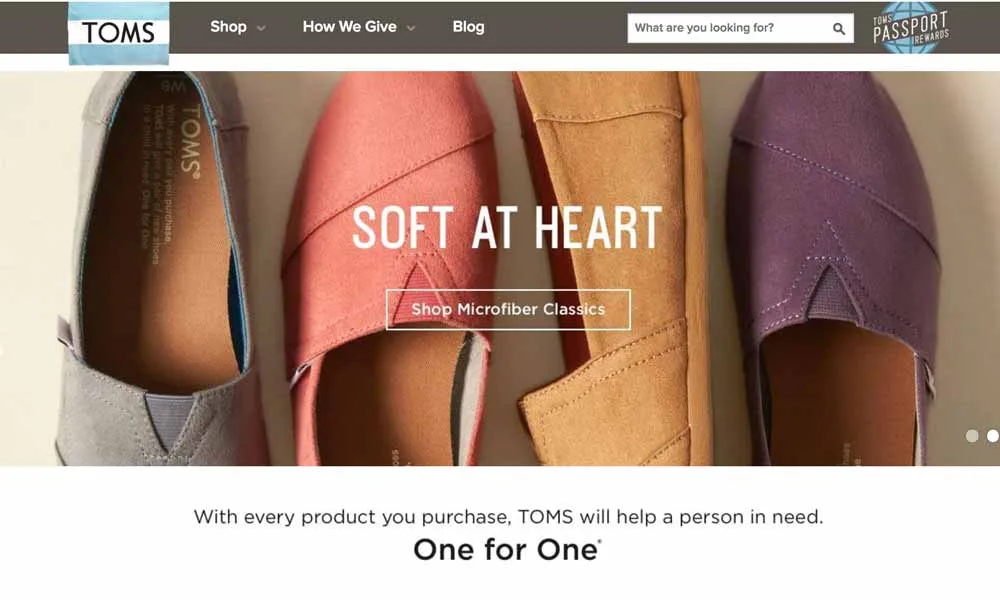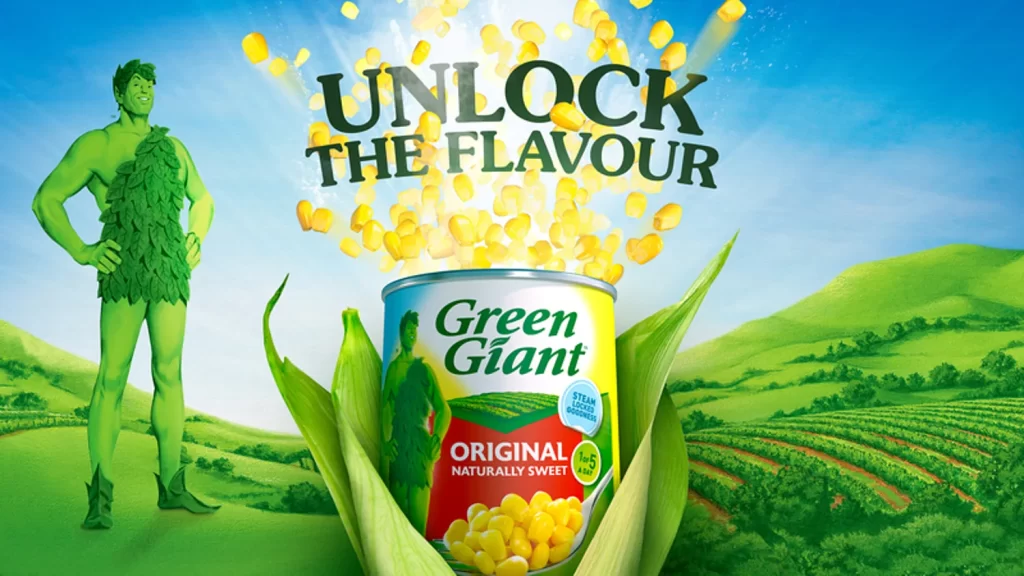The Art of Effective Advertising: How to Make Your Message Stick
Hey there, my fellow marketers! It's no secret that we live in a world where advertising is everywhere we look. Every corner we turn, we're bombarded with billboards, TV commercials, social media ads, and email campaigns, all vying for our attention and business. With all this noise, how can we create advertising that stands out and makes a lasting impact?
First and foremost, it's essential to recognise that consumers are inundated with countless marketing messages every day. Therefore, it's vital to understand your target audience and tailor your advertising approach accordingly. You must understand their needs, wants, and pain points and craft a resonant message.
Another crucial aspect of creating impactful advertising is to focus on your unique selling proposition (USP). What sets your brand apart from others? Why should consumers choose you over others? Identifying and highlighting your USP can help you differentiate your message and make it more memorable.
But crafting a compelling message is only half the battle. You also need to think about the delivery. In today's digital age, more than traditional advertising methods is required. You need to leverage the power of social media, email marketing, and other digital channels to reach your audience where they are.
In this article, we'll explore the art of effective advertising and offer tips and strategies for creating advertising that resonates with your audience.
Table of Contents
The Importance of Effective Advertising
First and foremost, advertising is a vital component of any marketing strategy. It's a powerful tool to help businesses reach their target audience and communicate their message effectively. Whether you're promoting a new product, building brand awareness, or simply trying to stay top of mind with your customers, advertising can help you achieve those goals.
But let's be clear: not all advertising is created equal. To truly stand out in today's competitive landscape, you need to create advertising that is not only effective but also memorable. You want to make advertising that captures attention, communicates your message clearly, and resonates with your audience.
So, what makes advertising effective? Let's find out.
Know Your Audience

Let's dive into one of the most critical aspects of creating effective advertising: knowing your audience. Understanding your target audience is the foundation of successful advertising, and it all starts with creating buyer personas.
Buyer personas are fictional representations of your ideal customers. They're based on actual data and research, and they help you better understand your target audience's needs, desires, and pain points. When creating buyer personas, it's essential to consider factors such as age, gender, location, income, education level, hobbies, and interests. The more detailed and specific you can be, the better.
Once you've created your buyer personas, you can use them to guide your advertising messaging, imagery, and tone. For example, your target audience is primarily young adults passionate about sustainability. In that case, you might use eco-friendly materials in your ads, focus on your company's sustainable practices, and use language that speaks directly to their values.
One of the most significant benefits of creating buyer personas is that it helps you avoid the trap of creating generic, one-size-fits-all advertising. By tailoring your message to your target audience's specific interests and preferences, you can start advertising that resonates personally and drives engagement and conversions.
Of course, creating effective advertising requires more than just knowing your audience. You must also develop a clear and compelling message, use attention-grabbing visuals, and deliver your message in the proper channels. But understanding your audience is the crucial first step in creating advertising that truly resonates and delivers results.
Creating buyer personas is an essential aspect of effective advertising. By understanding your audience's needs, desires, and preferences, you can start messaging, imagery, and tone that speaks directly to them. So, take the time to research and develop your buyer personas, and let them guide your advertising strategy to success!
Define Your Unique Selling Proposition

In advertising, more is needed to know your audience. You also need to understand your unique selling proposition (USP) clearly.
Your USP is what sets your brand apart from the competition. It's the value you offer that no one else does. Defining your USP is critical because it communicates the benefits of your product or service to your target audience and differentiates your brand from the competition.
So, how do you define your USP? It all starts with understanding your brand's strengths and weaknesses. What makes your product or service unique? What are the benefits that your customers can't get anywhere else? What problems do you solve that no one else can? By answering these questions, you can develop a clear and compelling USP.
Your USP should be a simple, memorable statement communicating your product's or service's core benefits to your target audience. It should be easy to understand and resonate with your audience's needs and desires. For example, Apple's USP is “Think Different,” while FedEx's is “When it Absolutely, Positively Has to Be There Overnight.” These memorable and clear statements communicate each brand's value to its customers.
A strong USP is essential because it helps you differentiate your brand from the competition and attract the right customers. By communicating the benefits of your product or service clearly and compellingly, you can establish a unique identity and build brand loyalty.
To define your USP, ask yourself these questions:
- What problem does my product or service solve?
- What are the benefits of using my product or service?
- Why should customers choose my brand over competitors?
Use the answers to these questions to craft a succinct and memorable USP that sets your brand apart.
Be Authentic

Consumers are more informed and sceptical than ever before. They can quickly spot inauthentic advertising and are wary of brands that make promises they can't keep or exaggerate the benefits of their products. Therefore, your advertising must be authentic and genuine to create a lasting impact and build trust with your audience.
So, how can you be authentic in your advertising? One effective way is to focus on delivering real value to your customers. Avoid over-the-top claims or presenting a false image of your product or service. Instead, focus on communicating how your product or service can benefit your customers' lives. This approach can help build trust and credibility with your audience, essential for a long-term relationship.
Another effective way to be authentic in your advertising is by using real people and stories. Testimonials and case studies can be powerful tools for demonstrating the real-world benefits of your product or service. By featuring real customers and their experiences, you can tell your brand's story in a compelling and relatable way. This approach can help your audience see the value of your product or service more tangibly and authentically.
Moreover, it's essential to be transparent and honest in your advertising. If there are any limitations or drawbacks to your product or service, it's better to be upfront about them rather than trying to hide them. This approach builds trust with your audience and shows that you value honesty and transparency.
Use Emotion

When it comes to creating effective advertising, it's about more than just presenting facts and features. Emotions play a crucial role in the purchase decision-making process. People are more likely to purchase when they feel connected with the product or service, so tapping into emotions is a powerful tool for creating advertising that resonates deeper.
So, how can you use emotion in your advertising? One of the most effective ways is through storytelling. You can create an emotional connection beyond just promoting your product or service by telling a story that connects with your audience's values and aspirations. A good story can make your audience laugh, cry, or feel inspired, increasing brand loyalty and sales.
When creating a story, it's essential to understand your target audience and what they care about. What are their values, aspirations, and pain points? By understanding these factors, you can craft a story that resonates with them and creates an emotional connection.
Another effective way to use emotions in your advertising is by using visual and audio elements that evoke certain emotions. For example, using bright colours and upbeat music can create a feeling of joy and happiness, while using dark colours and sombre music can develop a sense of sadness or fear. By using these elements strategically, you can create an emotional response in your audience that reinforces your message and drives engagement.
Keep it Simple

The most successful ads are often the ones that are clear, concise and focused on one key benefit or idea. Overcomplicating your message can confuse and overwhelm your audience, making it less likely that they'll engage with your brand.
Focusing on one key benefit or idea is essential to keep your advertising simple and effective. Ask yourself, what is the one thing that sets your product or service apart from the competition? What is the one benefit that your audience cares about the most? By honing in on one key idea, you can create a clear and compelling message that resonates with your audience.
Another effective strategy for keeping your advertising simple is to use the “elevator pitch” approach. Imagine you're in an elevator with someone and only have a few seconds to pitch your product or service.
What would you say? Craft a concise and compelling message that communicates your USP and the benefits of your product or service in just a few words. This approach can help you distil your message to its essence and create a clear and memorable ad.
Of course, simplicity doesn't mean sacrificing creativity or impact. You can still use attention-grabbing visuals, humour, or emotional appeals to make your message stand out. But it's essential to keep these elements focus on your crucial benefit or idea and not distract from your message.
Use Visuals

Visually appealing ads can capture attention, evoke emotions, and communicate complex ideas in a way that words alone cannot. Using visuals effectively can make your advertising more memorable and engaging for your target audience.
When using visuals in advertising, keeping your brand's visual identity in mind is crucial. Your visual identity is a set of graphic elements such as colours, fonts, and imagery that are unique to your brand and represent your personality and values. Using consistent visual elements in your advertising can help build brand recognition and trust with your audience.
One of the most critical visual elements in your advertising is colour. Colour significantly impacts how people perceive your brand and can evoke certain emotions and associations. For example, blue is often associated with trust and reliability, while red can evoke excitement and passion. When selecting colours for your advertising, consider your brand's personality and values and the emotions you want to evoke in your audience.
Another important visual element in advertising is typography. Your choice of font can communicate your brand's personality and tone. For example, a bold sans-serif font may be more appropriate for a modern, edgy brand, while a classic serif font may better suit a more traditional or upscale brand.
Finally, the imagery you choose for your advertising can significantly impact its effectiveness. Your imagery should be relevant to your message and aligned with your brand's visual identity. Consistent imagery can also help create a cohesive visual identity across all your advertising channels.
Test and Refine

When it comes to creating effective advertising, it's about more than just coming up with a great idea and putting it out there. It's a continual process of testing, refining, and adapting to ensure your ads resonate with your audience and achieve your desired results.
One powerful tool for testing and refining your ads is A/B testing. A/B testing involves creating two or more versions of your ad and testing them against each other to see which performs better. By comparing different versions of your ad, you can gain valuable insights into what resonates with your audience and make data-driven decisions about optimising your advertising.
To conduct a practical A/B test, it's crucial to have a clear hypothesis and set specific goals for what you want to achieve. For example, you can test headlines, images, or calls to action to see which combination leads to the highest click-through or conversion rate. By setting clear goals and metrics, you can measure the effectiveness of your ads and make informed decisions about how to optimise them.
Another essential aspect of creating effective advertising is staying up-to-date with the latest advertising trends and technologies. Experimenting with new formats, platforms, and techniques can help you reach your audience in new and exciting ways. For example, explore the potential of social media platforms such as TikTok or experiment with interactive ads that engage your audience in new ways.
Keep an eye on emerging trends such as augmented reality, virtual reality, and artificial intelligence, which can potentially transform the advertising landscape in the coming years.
Conclusion
Effective advertising is both an art and a science. It requires a deep understanding of your audience, a clear and compelling message, and a strategic approach to using emotion, visuals, and simplicity to make your message stick. By following these tips and strategies, you can create advertising that resonates with your audience, drives sales, and builds brand loyalty.
